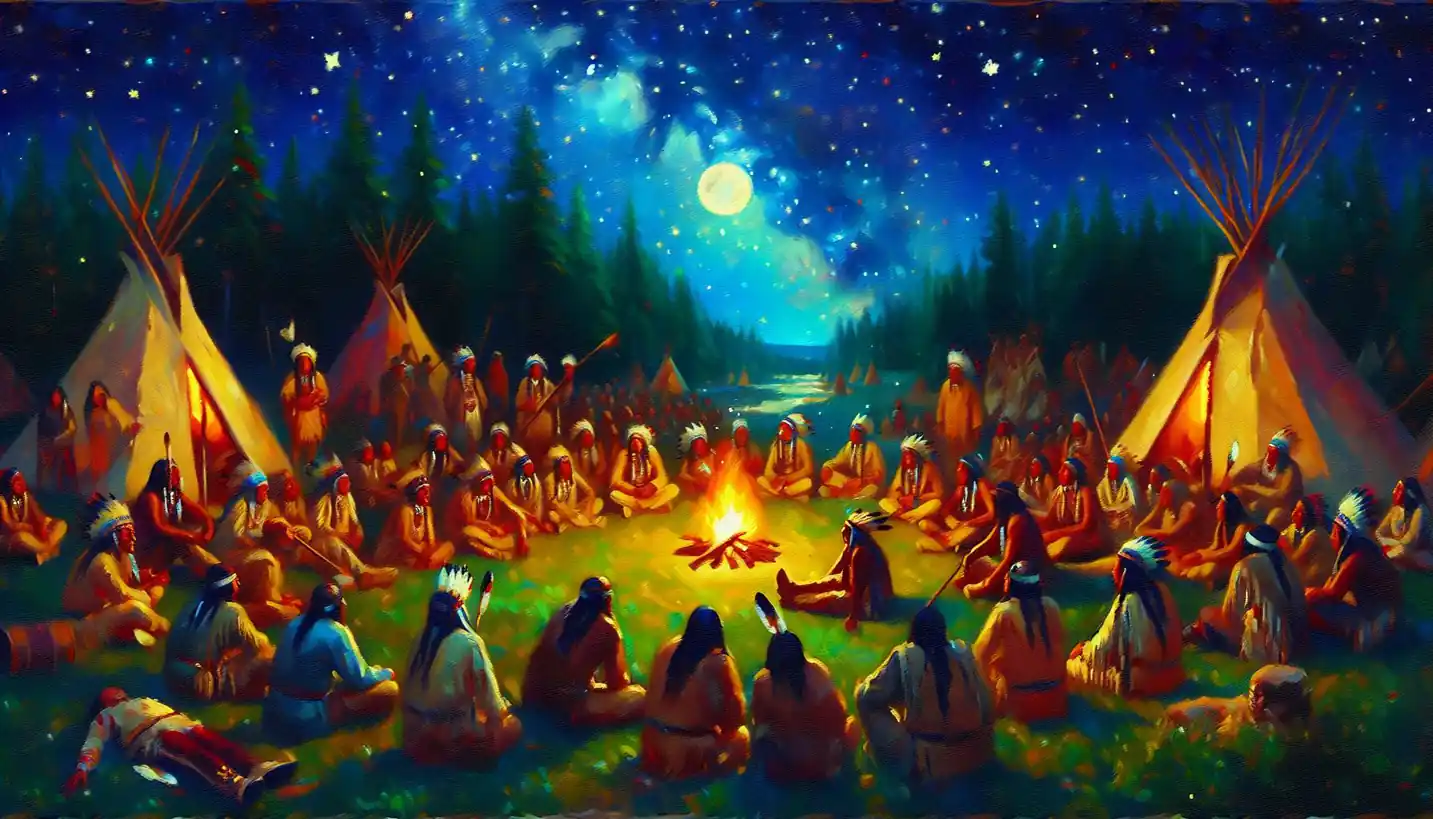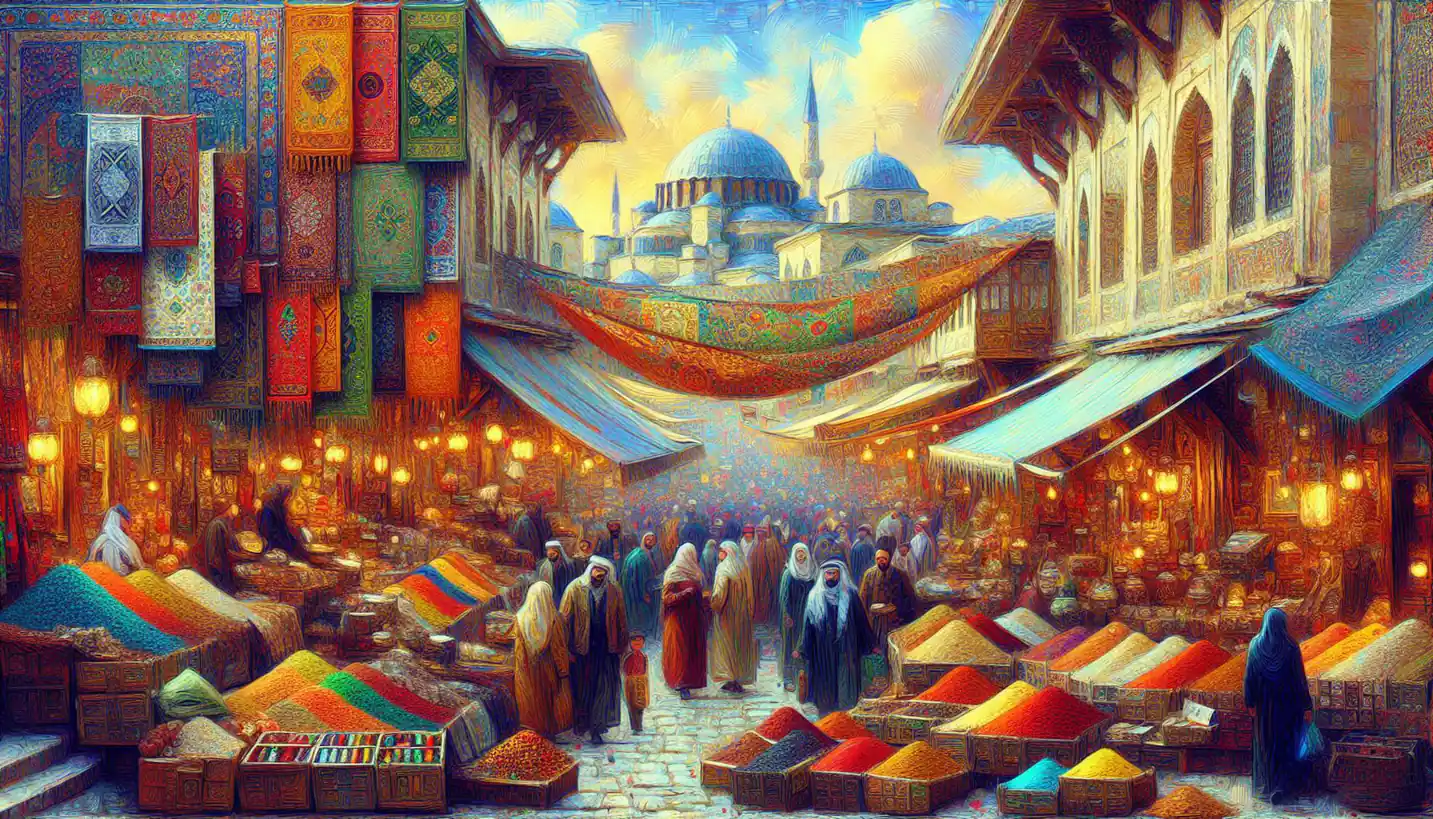· History · 5 min read
Syncretism: A Fusion of Cultures Across World History
Syncretism showcases the blending of cultures across world history, creating unique traditions. Discover how diverse societies influenced one another over time.

Explore the globe through time, and you’ll find a fascinating idea threading its way through various cultures and eras: syncretism. It’s like a cultural blend, where different beliefs, practices, and traditions merge to create something new. This process has played a significant role in shaping the world we know today, and understanding it can open a window into the shared human experience.
Understanding Syncretism
To grasp the concept of syncretism, think of it like mixing different colors of paint. When you blend blue and yellow, you get green, a color that carries hints of both but stands distinct on its own. Similarly, syncretism occurs when elements of different cultures come together to form a new, enriched tradition.
This blending isn’t just limited to religions or philosophies. It includes art, language, customs, and even food. Syncretism is essentially the result of cultures interacting over time, sharing ideas, and adapting them to fit new contexts.
Historical Examples of Syncretism
One of the most well-known examples of syncretism is the spread of Buddhism across Asia. As Buddhism traveled from India to China, Korea, and Japan, it absorbed local customs and beliefs. In China, it merged with Taoist ideas, while in Japan it fused with Shinto traditions, resulting in unique practices like Zen.
Another vivid example is found in the Americas, where African religious traditions blended with Christianity during the slave trade. This fusion gave rise to religions like Vodou in Haiti and Santería in Cuba, where African deities are often associated with Christian saints.
Syncretism in Language and Art
The blending process also extends to language and art. Consider the English language, which is a patchwork of Germanic, Latin, and French influences, among others. This linguistic syncretism has given English a vast vocabulary and made it an incredibly expressive language.
In art, look at the Moorish architecture in Spain, where Islamic art forms harmoniously intertwine with Gothic styles, creating stunning structures like the Alhambra. These buildings are visual reminders of cultural interaction and coexistence.
The Driving Forces Behind Syncretism
So, what fuels this cultural blending? Often, it’s the movement of people—through trade, migration, or conquest—that brings different cultures into contact. When people mix, they naturally share ideas and practices. This exchange is rarely one-sided; instead, it’s more like a conversation where both sides influence each other.
Trade routes like the Silk Road are prime examples. Stretching from the East to the West, the Silk Road was a conduit for more than just silk and spices. It was a network where Greek, Indian, Persian, and Chinese cultures met and mingled.
The Role of Religion in Syncretism
Religion is a powerful vehicle for syncretism. Across history, as religions have spread, they’ve encountered new cultures and often adopted local customs to resonate with indigenous beliefs.
The Roman Empire’s spread is a classic case. As Rome expanded, it encountered various cultures and religions. The Roman pantheon of gods was quite flexible, integrating deities from conquered territories. Later, when Christianity spread, it also absorbed elements from different pagan traditions.
Syncretism in Modern Times
Even today, syncretism continues to shape the world. Consider the global spread of food cultures, where sushi meets burritos, or the fusion of musical styles like hip-hop blending with traditional African rhythms. These modern examples demonstrate how syncretism isn’t confined to the past; it’s an ongoing process that keeps cultures vibrant and evolving.
In societies where multiculturalism and global connections are increasing, syncretism often acts as a bridge that fosters understanding and unity. It can lead to positive change by encouraging inclusivity and celebrating diversity.
The Challenges and Controversies
While syncretism can be enriching, it can also be controversial. Some may see it as a dilution of original traditions or even a loss of cultural identity. Concerns about cultural appropriation often arise, where elements of one culture are borrowed without understanding or respect for their origin.
These challenges highlight the delicate balance required in cultural exchanges. It’s important to approach syncretism with sensitivity, acknowledging and respecting the roots of different cultures while celebrating the creation of something new.
The Importance of Syncretism
Recognizing syncretism helps us appreciate the depth and interconnectedness of human history. It can offer insights into how societies evolve and adapt. By studying syncretism, we can better understand the complexity of cultural identities and the shared paths of civilizations.
Moreover, syncretism underscores the resilience of cultures. It symbolizes how individuals and societies can adapt and thrive in changing environments, finding strength in diversity. It’s a testament to the creativity and adaptability of humanity.
Curiosity and Future Explorations
What new forms of syncretism will emerge in the future as technology and global connectivity continue to grow? The possibilities are exciting and endless. As cultures interact more frequently, we can expect new and innovative cultural expressions to arise.
This ongoing blend of traditions and ideas not only enriches our world but also prompts us to think more deeply about who we are and how we relate to others. Syncretism invites us to explore, to ask questions, and to marvel at the endless tapestry of human culture.
In the end, syncretism is about connection. It’s about the ways in which we learn from each other and how the human story is one of continuous dialogue and transformation. Whether through ancient religious practices or modern culinary trends, syncretism is a testament to our shared humanity and our endless capacity for creativity.



